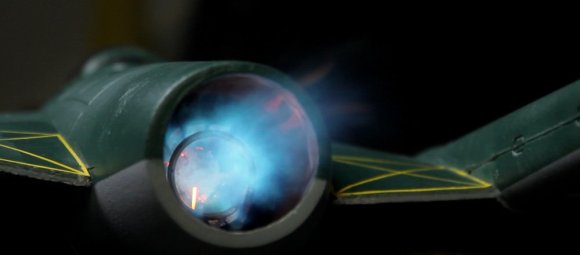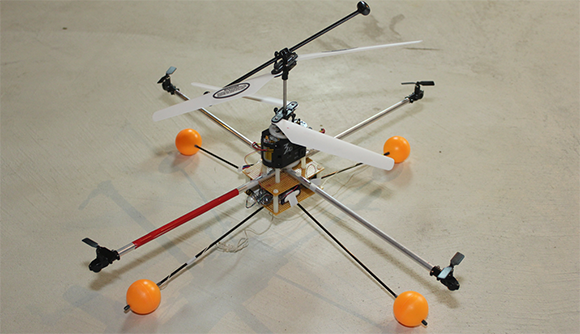While we may be waiting for unmanned drones to deliver a pizza, there’s already an unmanned ship plying the Atlantic on a transoceanic voyage. It’s called Scout, and it’s the product of about two years worth of work by a very close-knit group of friends.
Scout is a 12.5 foot ship constructed out of foam and carbon fiber loaded up with solar panels, electronics, an electric motor and a SPOT satellite tracker. The team has been working on Scout for the last two years now, and this last week the autonomous ship finally set out on its mission: a 3500 mile journey from Rhode Island across the Atlantic to Spain.
Right now, Scout is just over four days into its mission having travelled 90 miles from Rhode Island on its way to Spain. You can follow Scout on its journey on this very cool live tracking site.

















